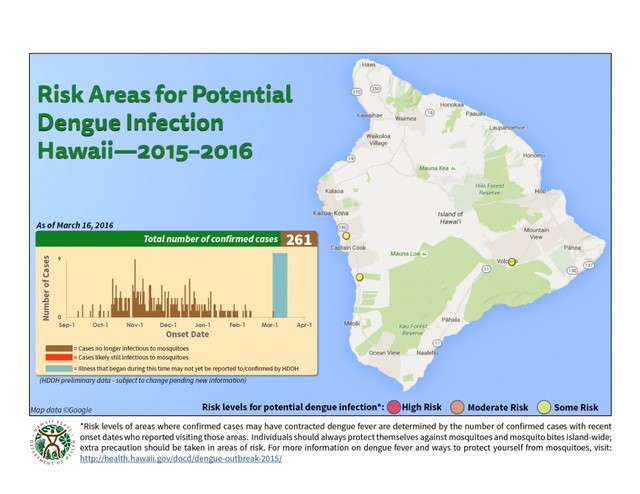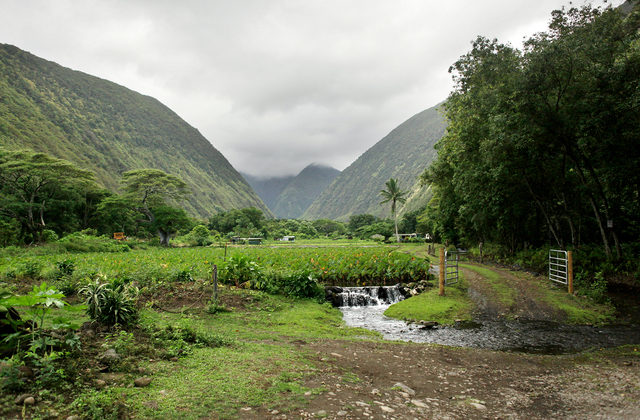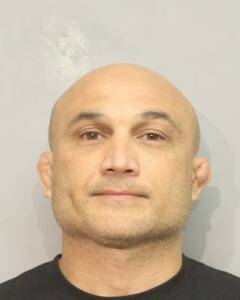Hawaii County officials are considering reopening Waipio Valley to the public as the Big Island’s dengue fever outbreak continues to subside.
Civil Defense Administrator Darryl Oliveira said he might know today whether the valley is safe to reopen after two months of limited access.
The last confirmed case of the mosquito-borne disease there was Feb. 1, and he said he is awaiting test results on another possible infection. If that test turns up negative, the visitor ban would be lifted.
“We’re asking for the results as soon as possible,” Oliveira said.
While it might not be considered an “all clear,” opening up the valley would come as a huge relief to residents and tour operators, who have felt the bite of the closure.
Jennifer Hannum, business manager for Naalapa Stables, said the restrictions have been “nerve-wracking.”
Because the stables are located in the valley, she said they had to relocate more than 25 horses to new pastures as a result of the closure. In the meantime, feeding, shoeing and other costs continue to stack up.
“I’ve never seen anything like this,” she said. “To even think a tiny insect can make this much of an impact, to me, that would have been unthinkable a year ago.”
Jesse Potter, president of Ha Ola O Waipi‘o Valley, said the outbreak remains on the minds of residents who worry about the disease becoming endemic in the valley, known for its taro farms, tall waterfalls and lush forest.
“If it’s in the valley, it is very easy to spread,” he said. “People are very aware.”
While the closure placed additional burdens on residents, it has had the benefit of making the valley a more private place, said Potter, who leases land in Waipio.
“Some enjoy the peace and quiet,” he said, adding, “Nobody wants to have Waipio at high risk of having dengue.”
Like other tour operators, Hannum said she understands this is a sacrifice they needed to make.
“We definitely want to make sure everyone is safe and in good health,” she said. “Our highest concern is not only the community, but also the people we are bringing in.”
Waipio remains the only public area where access is restricted because of the outbreak after Milolii Beach Park reopened March 11.
The number of confirmed cases on the island has reached 261 since the outbreak started late last year, but that figure appears to be stabilizing.
The last confirmed case was March 4.
None of those cases are considered infectious, and the state Department of Health has only three areas listed as having “some risk” for contracting the disease based on recent infections.
Those are Keauhou and Honaunau in West Hawaii and Volcano.
State Epidemiologist Sarah Park said the standard for calling an outbreak finished is three incubation periods without a confirmed infection. For dengue, an incubation period is one week.
She said the state is going to wait four weeks just be to safe. Even if the outbreak is declared done, Park said health officials are not going to let their guard down, and neither should residents.
“We’re not out of the woods,” she said. “We know sometimes some cases may not come to light.”
Oliveira echoed that statement.
“In any outbreak, there’s also a degree of under-reporting,” he cautioned.
The Waipio Valley lookout was closed Thursday for insecticide spraying.
Oliveira referred to it as a precautionary measure. He said spraying might continue in some public areas after the outbreak is finished to reduce the risk of new infections from dengue or another mosquito-borne disease.
“One of the things the outbreak brings to the forefront, is at anytime we could have something introduced into our island communities,” Oliveira said.
Email Tom Callis at tcallis@hawaiitribune-herald.com.









